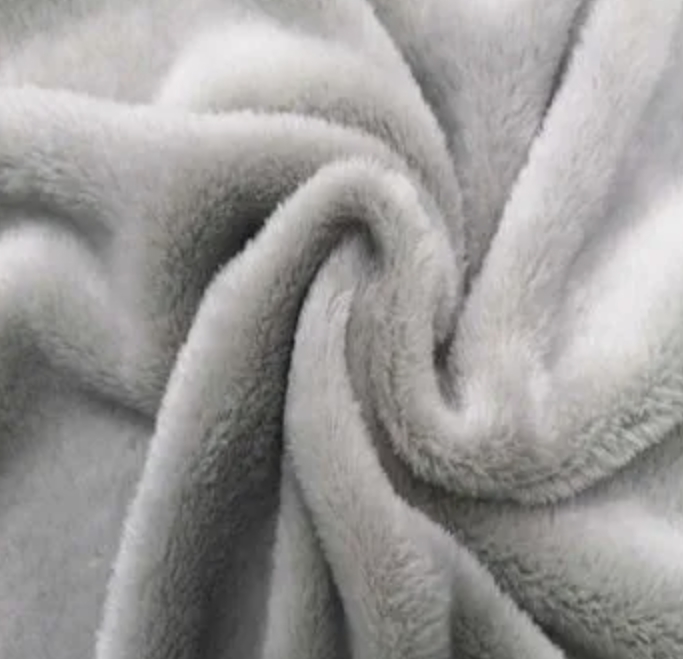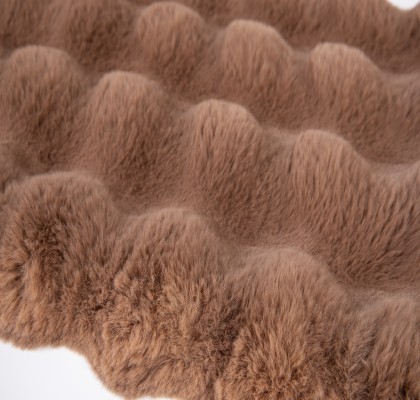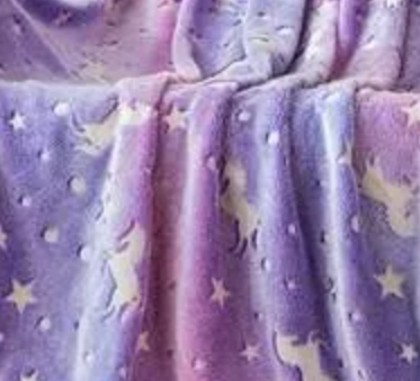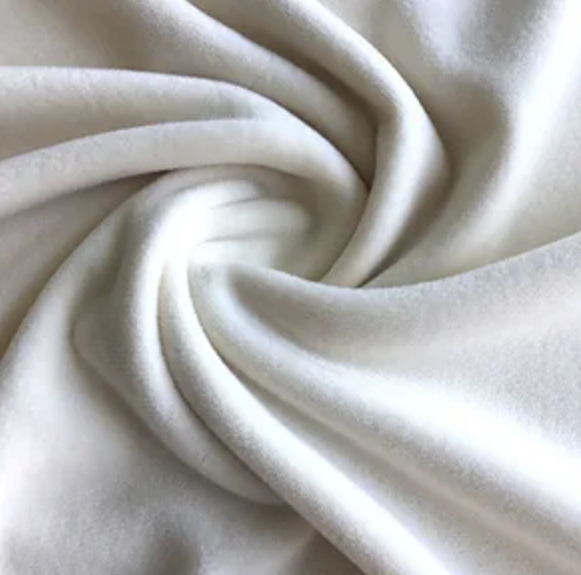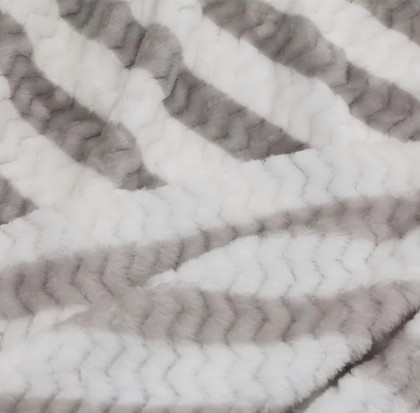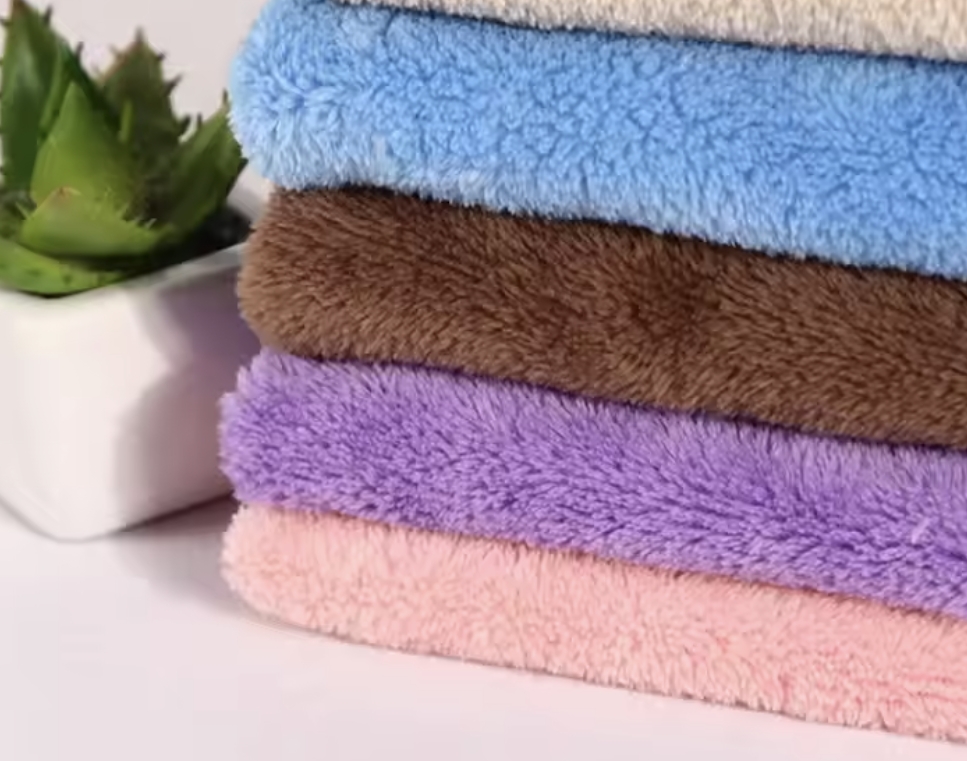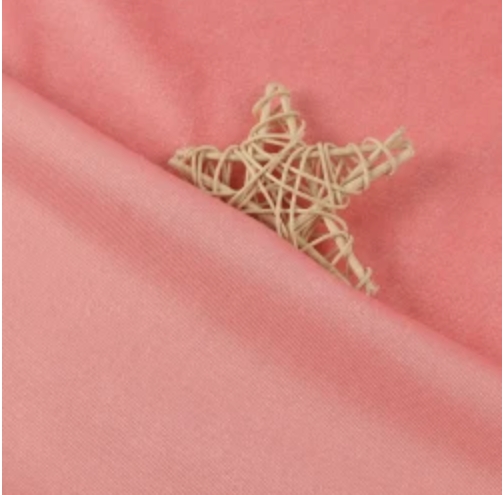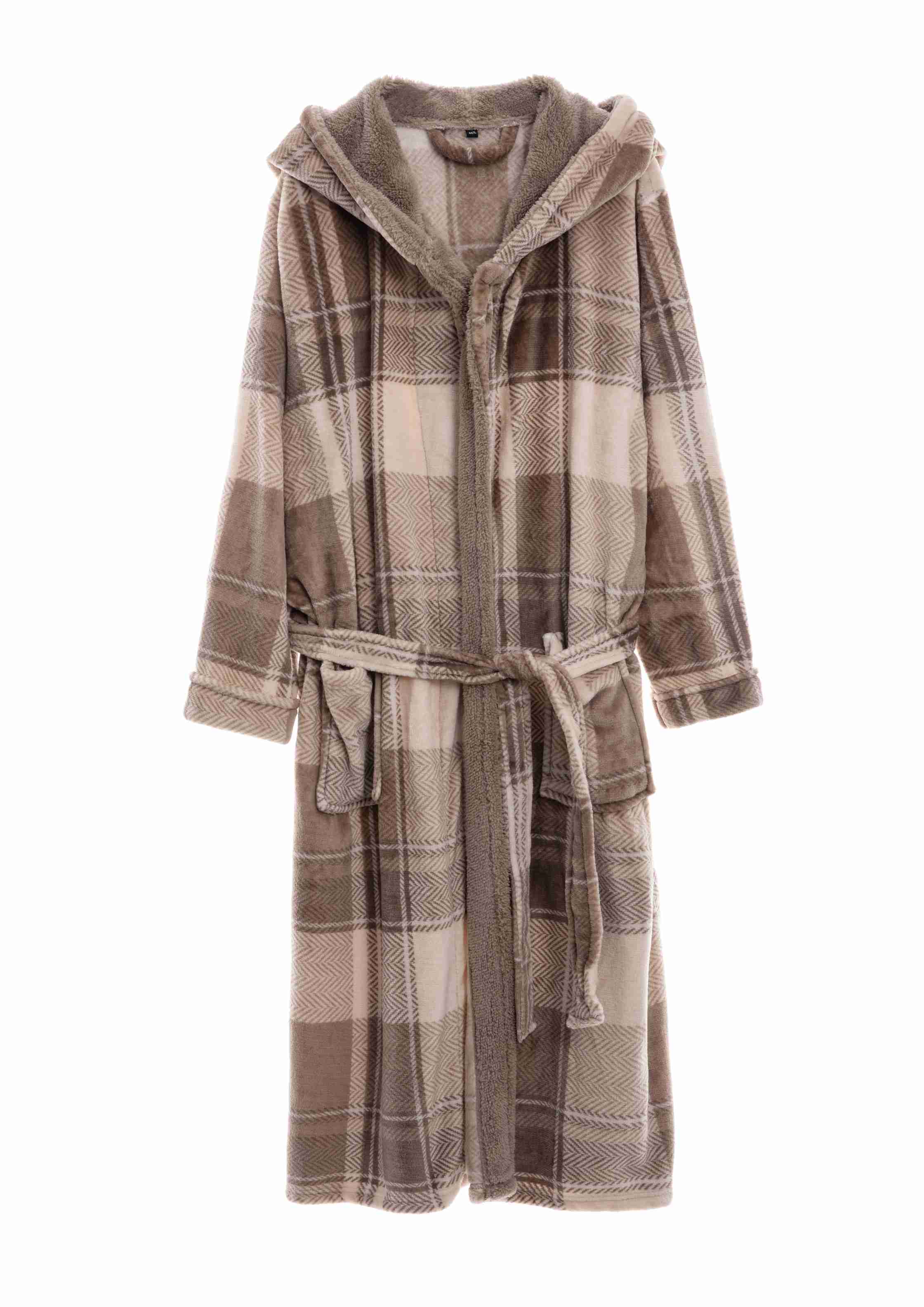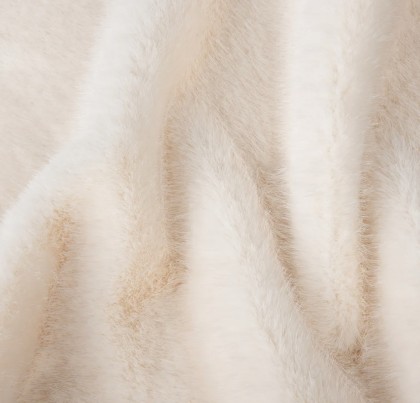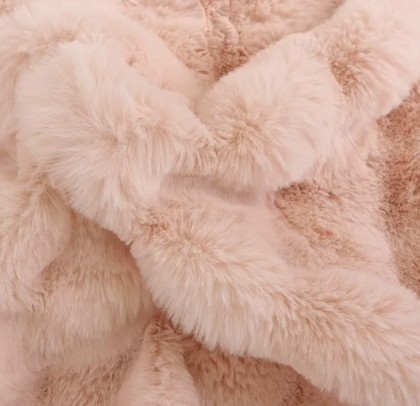What is a Bathrobe?
A bathrobe, also known as a dressing gown, is a loose-fitting garment that is worn over the body, typically after bathing or while lounging at home. It is designed to provide warmth and comfort, making it a perfect choice for relaxing mornings or cozy evenings. Bathrobes can vary greatly in style, length, and fabric, allowing for personal expression and taste.
History of Bathrobes
The history of bathrobes dates back centuries. Originally designed as a practical garment to be worn after bathing, they can be traced back to ancient civilizations. In Europe, robes began to appear in the 15th century as a stylish item worn by the affluent. Over time, bathrobes evolved from ornate, heavy fabrics to the lightweight, casual options we see today, making them accessible for everyone.
Types of Bathrobes
Bathrobes come in various styles, each catering to different preferences and occasions. Here are some popular types:
1. Terry Cloth Bathrobe
Terry cloth is a classic choice for bathrobes due to its excellent absorbency. This fabric is made from loops of yarn, which creates an incredibly soft texture. Terry cloth bathrobes are ideal for after a shower or bath, as they help to quickly dry off the body. They are commonly used in spas and hotels.
2. Cotton Bathrobe
Cotton bathrobes are known for their breathability and comfort. They are lightweight and absorbent, making them suitable for warmer climates or seasons. Cotton bathrobes can be found in various colors and patterns, allowing for personal expression.
3. Fleece Bathrobe
Fleece bathrobes are designed for warmth and are perfect for colder months. The plush fabric feels luxurious against the skin and provides added insulation. These robes are great for lounging at home during chilly mornings or evenings.
4. Silk and Satin Bathrobe
Silk and satin bathrobes exude elegance and luxury. These robes are lightweight and smooth, often preferred for their beautiful drape and soft feel. While they may not be as practical for drying off, they make for stylish loungewear.
5. Kimono Bathrobe
Kimono bathrobes are inspired by traditional Japanese garments. They are typically characterized by wide sleeves and a loose fit. Kimonos can be made from various materials, including cotton, silk, and linen, providing a relaxed yet chic option for lounging.
Choosing the Right Bathrobe
When selecting a bathrobe, consider the following factors to ensure you find the perfect one for your lifestyle:
1. Material
The material of the bathrobe is crucial. If you want something absorbent for after showers, opt for terry cloth or cotton. If warmth is your priority, consider fleece. For a touch of luxury, silk or satin is an excellent choice.
2. Length
Bathrobes come in varying lengths, from knee-length to full-length. Choose a length based on your comfort and preferences. Longer robes can provide more coverage and warmth, while shorter ones are easier to wear in warm weather.
3. Size
Make sure to select the right size to ensure comfort and ease of movement. Most bathrobes come in various sizes, including small, medium, large, and extra-large. It’s essential to check the size chart provided by the manufacturer.
4. Style
Bathrobes are available in countless designs and colors. Think about your personal style and how you want to feel while wearing it. Whether you prefer classic solid colors, vibrant patterns, or trendy prints, there’s a bathrobe out there for everyone.
Caring for Your Bathrobe
To extend the life of your bathrobe and keep it looking great, follow these care tips:
- Washing: Check the care label for specific washing instructions. Most cotton and terry cloth bathrobes can be machine washed on a gentle cycle. Fleece and silk may require special care.
- Drying: Air drying is often recommended for delicate fabrics like silk. For cotton and terry cloth, tumble drying on a low setting is usually fine.
- Ironing: Silk and satin may need ironing to remove creases, but avoid high heat. Cotton and terry cloth can usually be ironed on medium settings if needed.

